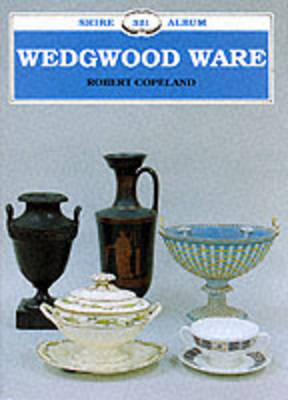Shire album
2 primary works
Book 97
Blues made from cobalt were first used widely for painted decoration in China during the fifteenth century. Much of the porcelain imported into Europe was decorated with blue designs, and after about 1650, when tea was introduced, the volume of blue and white 'chinaware' brought back from Canton was enormous. European potters tried to emulate this fine tableware, most successfully on artificial portcelain and tin-glazed earthenwares. The imports from China decline in the 1780s, and owners of Chinese services found it difficult to obtain replacements or additions. To meet this need, British potters copied the hand-painted patterns using the technique of transfer-printing from engraved copper plates. Spode perfected this process, and his wares have never been surpassed.
Book 321
Josiah Wedgwood I was born into a family of potters and became the finest marketing man of his era. His pioneering spirit built up the most important English pottery business of the eighteenth century so that the name Wedgwood became a generic word for fine earthenware. He is justly famous for perfecting the Black Basalt and Jasper stoneware bodies and for producing many designs based on the antique artefacts excavated at Pompeii and Herculaneum. This book also reviews and illustrates the firm's products through the nineteenth century, the designs of Lessore, Dresser, Crane and Barnard, the resurgence after 1904 when John Goodwin became art director, and the subsequent restablishment of the firm's essential greatness.

